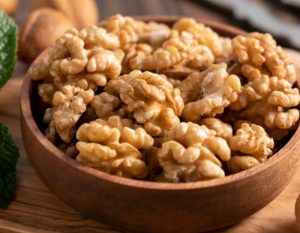
Panç Arboriculture
Our company began producing grafted walnuts and almond seedlings since the early 1990s; until today, it is in the first place in the industry with a stable and high-quality products.
We are the first company to export walnut seedlings in our country. Our company is the first priority in the production of grafted walnuts and almond seedlings; All kinds of seedlings must be far from all diseases and pests, standards must meet from disaster.
Based on these basic principles, we produce 300,000 grafted walnuts and more than 100.00 almond seedlings, as well as open and tubular products, and we make a large contribution to our country’s economy, selling them both domestically and abroad .

Walnut Sapling
“The story we started with walnut seed is a legacy that will remain for you and your grandchildren. “

Almond Sapling

Welcome to our WhatsApp Helpline.
How can we help?
How can we help?

















